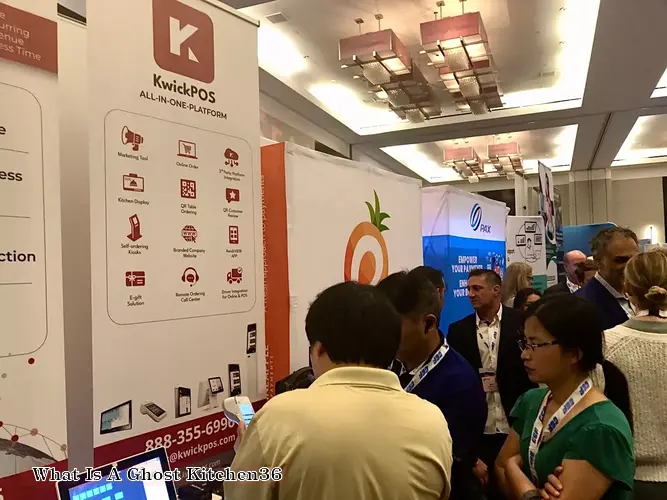

In the ever-evolving culinary landscape, a novel concept has emerged: the ghost kitchen. Unlike traditional restaurants with brick-and-mortar establishments, ghost kitchens operate solely as production facilities, catering to the growing demand for delivery and takeout.
What is a Ghost Kitchen?
A ghost kitchen, also known as a virtual kitchen or cloud kitchen, is a commercial kitchen space that is not open to the public. It typically houses multiple food vendors who share the space and equipment to prepare and package meals for delivery or pickup.
How Ghost Kitchens Work
Ghost kitchens operate through online ordering platforms, such as Uber Eats, Grubhub, and DoorDash. Customers place orders through these platforms, which are then routed to the ghost kitchen. The food vendors prepare the meals and package them for delivery or pickup by the customer or a delivery driver.
Benefits of Ghost Kitchens
Types of Ghost Kitchens
There are various types of ghost kitchens, including:
Challenges of Ghost Kitchens
The Future of Ghost Kitchens
Ghost kitchens are expected to continue growing in popularity as the demand for delivery and takeout increases. They offer a cost-effective and efficient way for food vendors to expand their reach and cater to the changing dining habits of consumers.
Conclusion
Ghost kitchens are a transformative force in the restaurant industry. By providing a platform for food vendors to operate without the burden of traditional overhead costs, they are enabling culinary entrepreneurship and expanding the options available to consumers. As the industry evolves, ghost kitchens are poised to play an increasingly significant role in shaping the future of dining.
DISCLAIMER: This information is provided for general informational purposes only, and publication does not constitute an endorsement. Kwick365 does not warrant the accuracy or completeness of any information, text, graphics, links, or other items contained within this content. Kwick365 does not guarantee you will achieve any specific results if you follow any advice herein. It may be advisable for you to consult with a professional such as a lawyer, accountant, or business advisor for advice specific to your situation.
today
Copyright © 2025 Kwick365.com
Designed by KwickPOS is the best restaurant POS